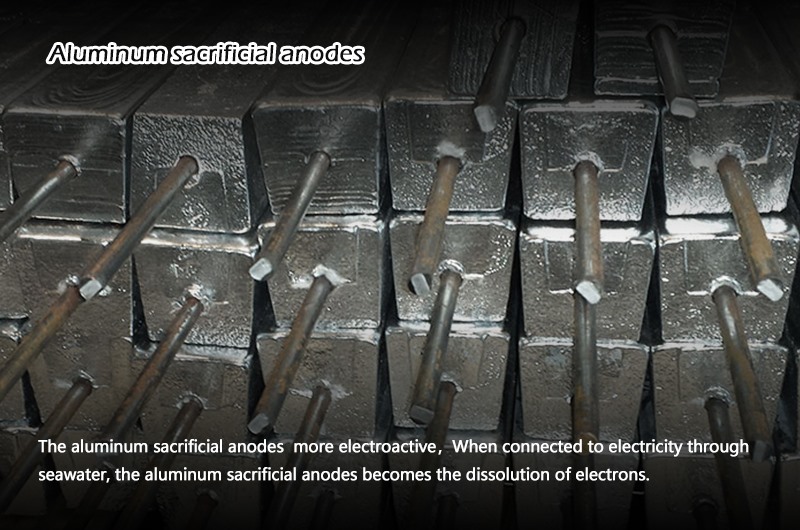
Zinc is a traditional anode material because it was relatively easy to obtain in the past. Although zinc is used in salt water, it cannot protect ships in fresh or brackish water. Zinc anodes also need to contain chromium metal as an agent. For commercial applications, aluminum anodes may also replace zinc anodes as materials for ship hulls.
The service life of aluminum anode is relatively long, in brackish water or possibly in salt water. And it seems to be better for the environment, when converting from zinc to aluminum, many anodes need to be aluminum. Because many local shipping suppliers still do not stock multiple aluminum anodes, this will change in the future.
With the advent of alloys, anodes and aluminum are different from aluminum alloys used in ship hulls, outboard motors, and stern drives. Aluminum anodes are more electrically active and protective than zinc. This anode is effective even for protecting aluminum components. Because the aluminum used in the anode is the alloy of the anode, aluminum alloy anodes generally become more common. The reason why it did not happen is that the cost of aluminum anodes is higher than that of zinc. There are many discernible advantages.










